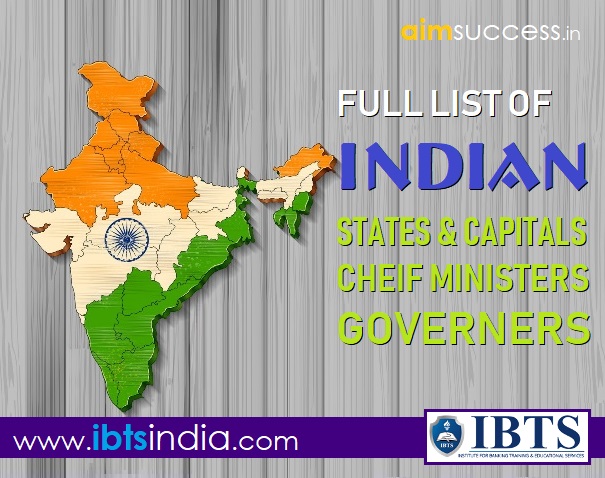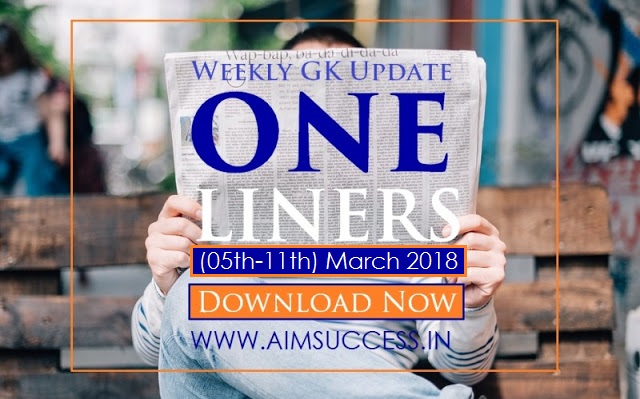
Modern History Notes: Revolt of 1857
Revolt of 1857 has a significant importance in Indian History. This Revolt is called as “First war of Independence” by some Historians. This Revolt was not because of immediate reactions by Indians, but due to oppression carried out by Britishers for more than a Century.
Following is the time line of Historical events which led a way toward India’s First War of Independence:
Event 1(1773): First Governor General
Lord Warren Hastings became the first Governor General of Bengal. Hewas called as first Governor General of India (don’t confuse it with Governor General of India because Governor General of India was firstly declared in 1833.Till 1833 governor general of Bengal was considered as head of India).
Event 2(1793):Permanent Settlement
Permanent settlement was introduced into some parts of India,which was also known as “Zamindari System”.Lord Cornwallis was the Governor General at that time.This system was very suppressing and forced farmers to pay taxes even in the dry season.
Under this system, The Zamindars were made hereditary owners of the land under their possession. They and their successors exercised total control over lands. The company’s share in the revenue was fixed permanently with the Zamindars.
Event 3(1799): Subsidiary Alliance System
Subsidiary Alliance system was passed by Lord Wellesley,under which Indian princely states had to come directly under the British Empire.Their army supposed to be trained by Britishers; no relation with European countries and finance department of princely state should be held by a British only.This system produced discomfort among Indian princes. Nizamalikhan, Nawab of Hyderabad was the first to sign.
Event 4(1829): Ban On Sati
Ban on sati was accepted by the Britishers after the effort of Raja Ram Mohan Roy. Lord William Bentinck was the governor general at this time. Lord William Bentinck was the first governor general of India. Sati was an archaic Indian funeral custom where a widow immolated herself on her husband’s pyre, or committed suicide in another fashion shortly after her husband’s death.
Event 5(1835): Education policy of Britishers
Lord Macaulay introduced new English education system through English education act, 1835. The main aim of this policy was to replace old and ancient education system which strengthens Indian culture with new English system which made British culture supreme.
Event 6 (1848): Doctrine of lapse
Doctrine of lapse introduced by Lord Dalhousie, under which princely states without a heir had to merge their empires with British Empire. Satara was the first state to merge with Britishers under doctrine of lapse.
Event 7(1856): Widow Remarriage Act and Religious Diability Act
Widow Remarriage act was passed by Lord Dalhousie with the efforts of Iswar Chandra vidyasagar in 1856.
Final Event
There was a news in military that the newly introduced Enfieldrifles ‘cartilage seal was made of cow’s or pig’s flesh, there were also news regarding mixing of animal bones into flour. 19th infantry from Bengal started this revolt. This was immediately followed by revolt of 34th infantry, Mangalpandey was from this battalion. The revolt began, and Bahadur shah Zafar,last king of mughal empire was declared as the leader. But this revolt came to an end after one year. It is also referred as “India’s first war of Independence”( Ref: V.D Savarkar book).
So we can conclude that 1857 revolt was not due to enfield rifles issue but because of culmination of various factors which were seen by Indians as an intrusion in their culture, political space, economical activities, religion and personal life.
- Mangal Pandey: Mangal Pandey joined the Sepoy force of the British East India Company in the year 1849 at the age of 22. Pandey was part of the 34th Bengal Native Infantry and is primarily known for his involvement in an attack on his senior British officers on 29th March 1857 at Barrackpore. This incident marked an opening stage of Sepoy Mutiny of 1857 or the First War of Indian Independence.
- Nana Sahib: At Kanpur, the revolt was led by Nana Sahib, the adopted son of exiled Maratha Peshwa Baji Rao II.
- Rani Lakshmibai: Rani Lakshmibai (Manikarnika) was married to Raja Gangadhar Rao Newalkar, the Maharaja of Jhansi in 1842, and became the queen of Jhansi. After their marriage, She gave birth to a son Damodar Rao in 1851.
- Tatya Tope: Tatya Tope was Nana Sahib‘s close associate and general. During the Siege of Cawnpore in 1857, Nana Sahib‘s forces attacked the British entrenchment at Kanpur in June 1857.
- Veer Kunwar Singh: Veer Kunwar Singh, the king of Jagdispur, currently a part of Bhojpur district, Bihar, was one of the leaders of the Indian revolt of 1857.
- Shah Mal: Shah Mal lived in a large village in pargana Barout in Uttar Pradesh. He mobilised the headmen and cultivators of chaurasee des, moving at night from village to village, urging people to rebel against the British.
- Maulvi Ahmadullah Shah: Maulvi Ahmadullah Shah was one of the many maulvis who played an important part in the revolt of 1857. Educated in Hyderabad, he became a preacher when young. In 1856, he was seen moving from village to village preaching jehad (religious war) against the British and urging people to rebel. When he reached Lucknow in 1856, he was stopped by the police from preaching in the city. Subsequently, in 1857, he was jailed in Faizabad.
- Delhi-Mughal Emperor, Bahadur Shah, but real command lay with Bakht Khan (was from the Barreily unit of the army). Kanpur-Nana Sahib (from Kanpur, along with Tantia Tope and Azimullah)
- Lucknow-Begum Hazrat Mahal of Awadh (declared her son as the Nawab of Awadh).
- Bareilly--Khan Bahadur
- Bihar (Arrah)--Kunwar Singh, Zamindar of Jagdishpur.
- Allahabad - Liaquat ali
Main Causes of Failure of Revolt of 1857
- Limited territorial and social base
- Crucial support to certain sections of Indian public to British Authorities
- Lack of resources as compared to those of the British
- Lack of coordination and a central leadership
- Lack of coherent ideology and a political perspective
Impact of the Revolt
- The control of Indian Administration was passed on to the British Crown by the Government of India Act, 1858.
- Reorgansiation of the army.
- After the revolt, the British pursued the Policy of Divide and rule.
For More Study Notes Related to History & for Allied Service.
Team aimsuccess.in












